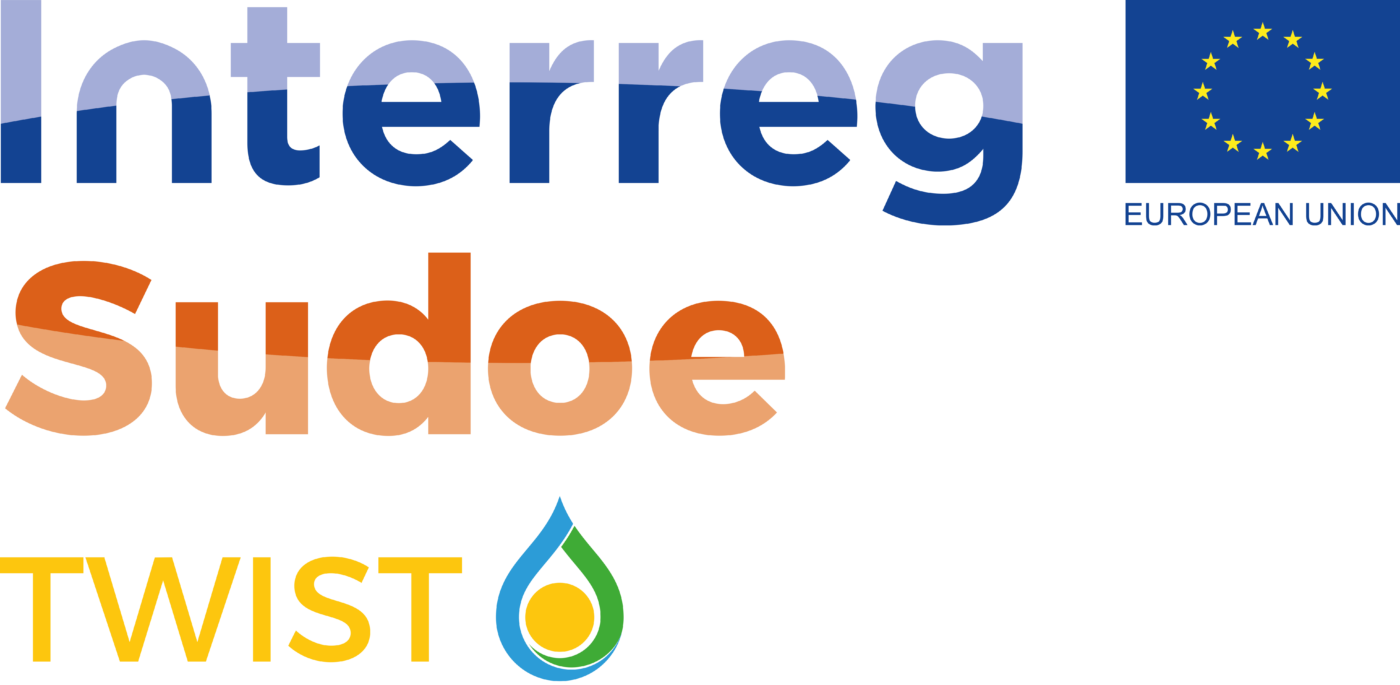Instruments and initiatives to support Innovation Procurement
Traditionally, innovation policies have focused on the supply side, however, “a sense that traditional supply-side innovation policies are insufficient to meet the challenges posed in promoting competitiveness” (Edler y Georghiou, 2007) has led to promote policies from the demand side for innovation.
According Edler y Georghiou (2007) the demand-side policies can be presented in four main groupings: systemic policies, regulation, public procurement and stimulation of private demand. While the demand-side policies “rest strongly on the use of regulation and standards and more broadly on the concept of promoting lead markets”, Innovation Procurement (IP) can be considered “a cornerstone of a co- ordinated and technology or sector specific mix of policies”. Hence, we focus in this chapter on instruments and initiatives to support IP.
The European Union has as a strategic objective “to become the most competitive and dynamic knowledge-based economy in the world capable of sustainable economic growth with more and better jobs and greater social cohesion” (European Parliament, online a) and “to create a genuine single European market for innovation, which would attract innovative companies and businesses” (European Parliament, online b), to achieve this, given that the policies and tools to promote innovation from the supply side are not enough to ensure that investment in R&D&I by European companies reaches the level necessary to make Europe a world benchmark, has opted for the combination of coordinated policies to promote innovation from both the supply side and the demand side. In particular, it has opted for the ability of Public Administrations to act on innovation through the demand for public products and services, based on the fact that public procurement in the European Union represents close to 20% of its GDP.
The instruments and initiatives developed by the European Union to promote the public procurement of innovation are based in two pillars: European legislation and funding.
For more information, read chapter 4 of :
Transnational Water Innovation Strategy – TWIST (online, 2021). E 4.1.1. Training materials for Innovation Procurement in the water sector.
Available here.
